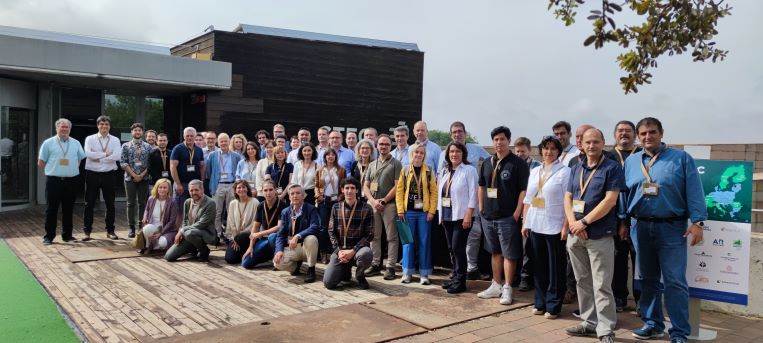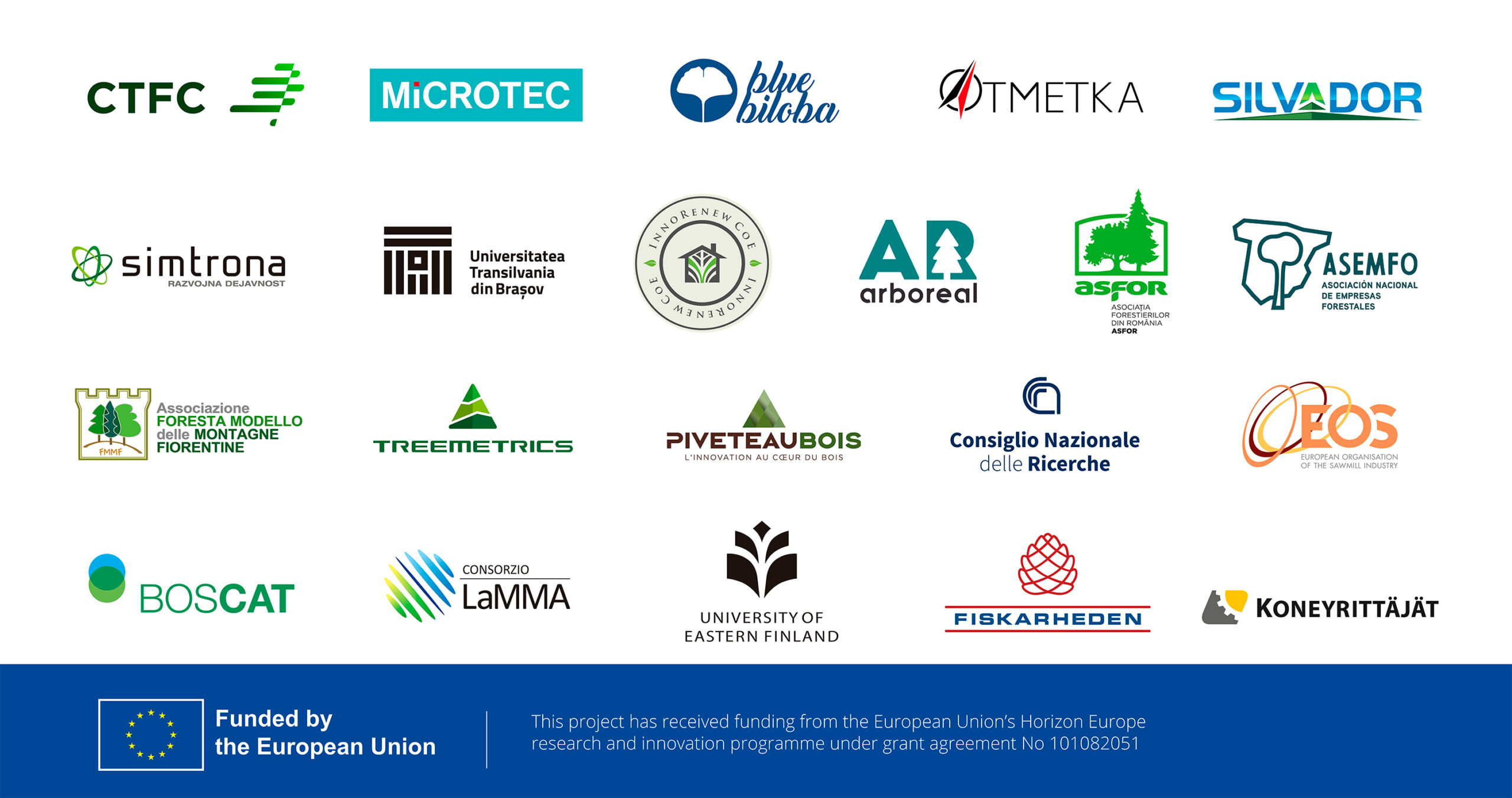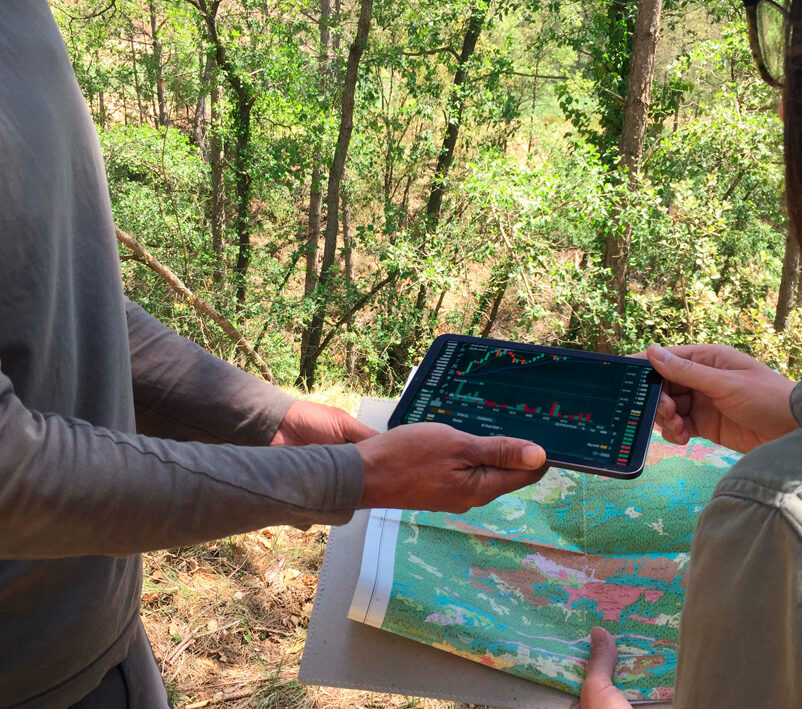The project will develop a new system that will enable customers buying wood products to track them all the way back to the individual trees in the forest from which they were made.
SINTETIC, a ground-breaking project aimed at delivering a comprehensive data management scheme for the whole EU forest value chain, has celebrated its kick-off meeting this week in Solsona, Spain. With a total budget of almost €9 million, the Forest Science and Technology Centre of Catalonia (CTFC) will coordinate the SINTETIC project, which brings together 21 partners from across the European Union.

The project is starting a few months after the adoption of a new EU regulation on deforestation-free products that mandates extensive due diligence on the value chain for all operators and traders while aiming at increasing transparency in the timber supply chain. When SINTETIC concludes in four years’ time, the scheme will be able to trace along the full length of the forest value chain, trees, logs, and wooden boards – using five different but integrated tracking systems.
“SINTETIC will establish an innovative system to trace forest products and interrelate the data generated along the whole value chain. The ambition is to create a service that is paid by the economic benefits it provides to all the players of the forest sector, but that can also generate data and models to better protect and manage the European forests,” highlights the project coordinator Gianni Picchi, CNR researcher and adjunct researcher at the CTFC.
From forest to costumer
The ambition of SINTETIC is to develop and implement a digital platform that can deliver a comprehensive data management scheme for the whole forest value chain. The core of the proposed system is a ground-breaking solution for the complete traceability of forest products based on the first-ever integration of five state-of-the-art technologies. The systems feasibility will be demonstrated at eight sites found in Finland (2), Romania (2), Sweden, France, Spain, and Italy.
Each individual item will be allocated and have attached a unique ID which in turn will be digitally transmitted to a central geodatabase. This will enable each item to be tracked as it moves along the forest value chain. The Information and Communications Technology (ICT) system will also enable measurements of yield and output to be related to any earlier point in the value chain. Historical climate data, silviculture treatments, and forest stand descriptors will also be included.
Central to the working of SINTETIC will be the integration of five separate tracking technologies, namely: Radio Frequency Identification which will allow standing trees as well as round wood to be tagged, a punching code impressed directly onto the wood with a hammer, a CT log scanner at the sawmill, optical vision scanners (fingerprinting) and finally after production a bar/QR code that will enable identification through the retail process. The last step is crucial as it will enable operators and customers to trace the wood element in the finished product back to a specific forest and an individual tree.
Aside from promoting a widespread uptake of shared digital technologies, the project researchers hope this will increase the number of EU forested areas under active management, which will, in turn, improve the health and productivity of forest stands. The project also aims to reduce overall transportation costs and related greenhouse gas emissions by 5%, and increasing the yield of high-value sawn wood products from 20-22% of the process round wood volume.
A Europe-wide tracking system
The EU forest sector is very diverse. To cope with this, the platform will be designed to accommodate two ‘extreme’ forest sector scenarios – and consequently everything in between –, namely:
- The mature forest sector, as found in the north and central EU and represents high-value forests with good data availability, fully mechanized harvest systems, and a well-structured supply chain including modern sawmills equipped with sensors for quality assessment.
- The forest sector, as found in the Mediterranean and eastern EU, represents a high fragmentation of forest’s ownership non-harmonized inventories, small and micro sawmills, and low levels of investment and innovation.

Last modified: 9 June 2023










